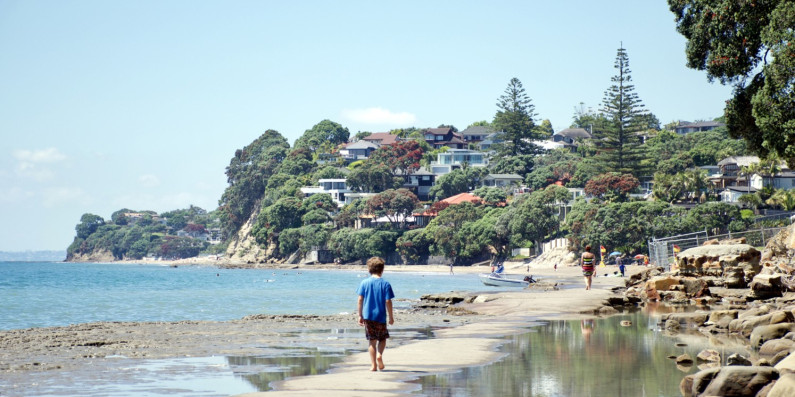At the end of February, the Ministry for the Environment concluded its latest round of targeted engagement on the reform of the resource management system.
Since November 2021 we have run a series of forums and hui with Māori, local government and key sector stakeholders, sharing our thinking on parts of the future resource system that were not included in the NBA exposure draft. You can read more in the engagement document 'Our future resource management system – materials for discussion' [PDF, 4.4 MB].
We recently ran information sessions for the primary sector and environmental interest groups. Alongside these, we took the opportunity to meet with Food and Fibre Forum Leaders and key environmental groups to get their feedback on the key components of the system. Hearing different perspectives from different groups is vital to understanding how the system will impact its users.
The targeted engagement programme also included meeting with local government Mayors, Chairs and Chief Executives from across New Zealand through 14 Mayoral Forums. This is in addition to the ongoing advice we receive from the Local Government Steering Group on RM Reform.
We also took the opportunity to meet with a core group of sector chief executives representing ENGOs, the planning profession, business, infrastructure, industry and the primary sector. We appreciated the groups insight on the practicality and workability of the future system and we look forward to meeting with them on an ongoing basis.
Through twenty-two regional hui we gained great insights into the Te Ao Māori perspective on the future system. This is in addition to the ongoing engagement with the two Māori collective leadership groups that we have been meeting with since January 2021.
Finally, more than 1650 people attended the series of information sessions that we held over this engagement period, reflecting the high level of interest for this work amongst our stakeholders. A series of information sessions were held for local government, the private sector, the Resource Management Law Association and the New Zealand Planning Institute.
This topped off an intensive targeted engagement period, with feedback from these key groups helping to inform the Ministerial decisions that shape the NBA and SPA legislation that will be introduced later in 2022.
Feedback on the engagement material closed on 28 February with 150 groups providing written submissions. The key themes arising from these submissions will be published on our website next month.
Stakeholders and the general public will have the opportunity to have their say with consultation on the NBA and SPA Bills expected to occur at the end of 2022 through the select committee process.
Below is a breakdown of submissions by submitter type:
| Written submissions |
| Hapū/iwi/Māori |
93* |
| Local government |
36 |
| Infrastructure |
6 |
| Primary sector |
4 |
| Industry/professional organisation |
8 |
| ENGO |
3 |
| Business |
1 |
| |
151 |
*Of the 93 hapū/iwi/Māori submissions received, 41 were form-type submissions.
